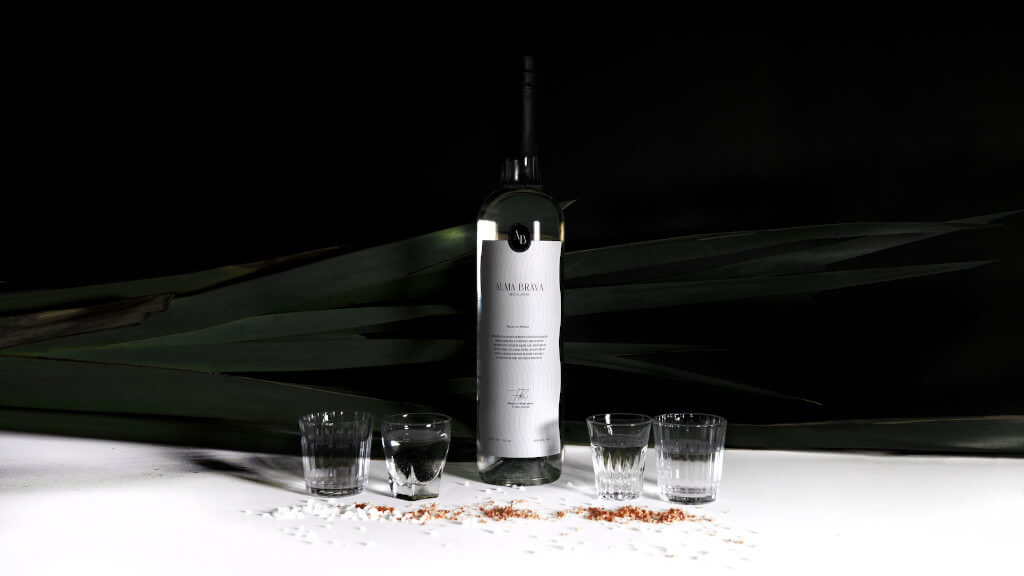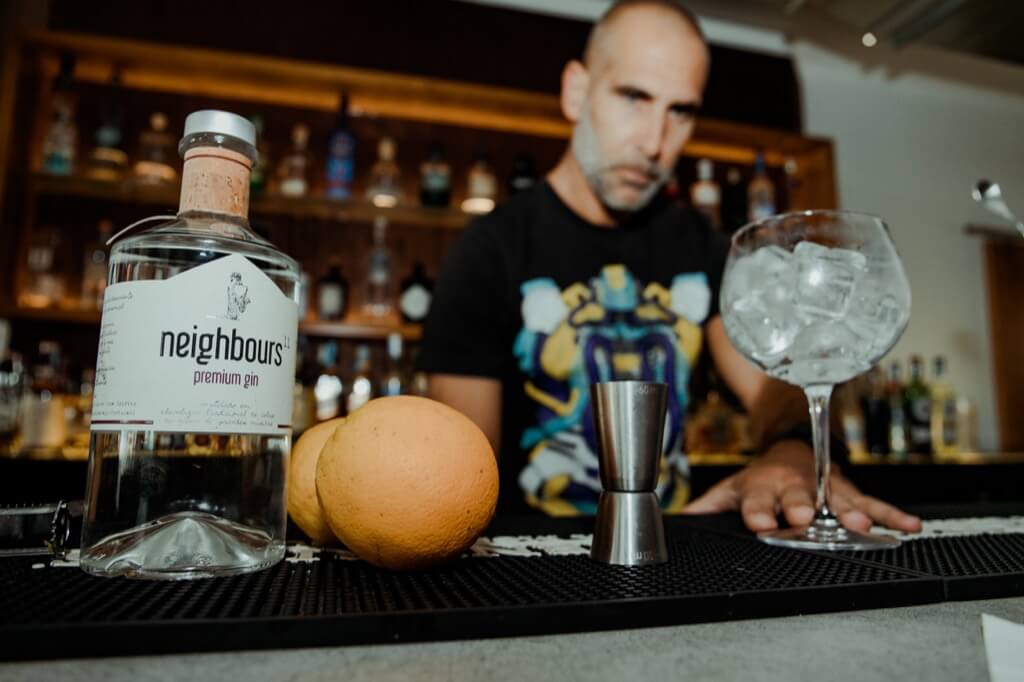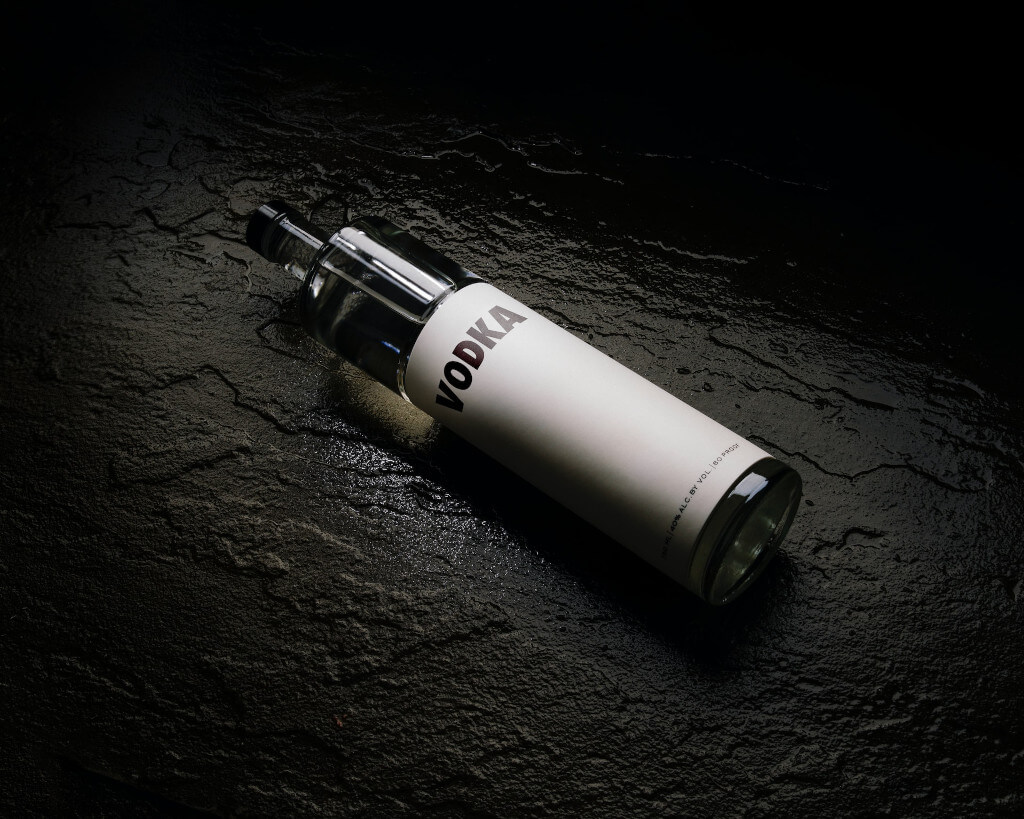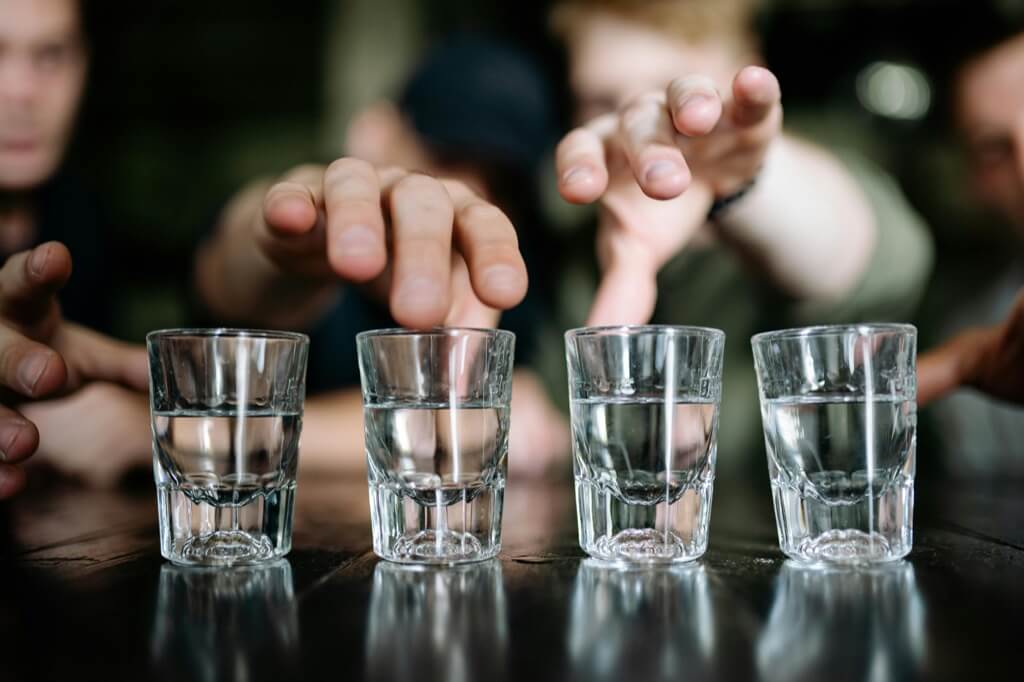Mexico boasts a rich tapestry of agave-based spirits, with Tequila and Mezcal taking center stage on the global platform. However, nestled in the northern frontiers of Mexico, Sonora hides its very own agave elixir: Bacanora. This spirit, rooted deeply in the region’s cultural fabric, offers a taste unique to its Sonoran landscapes.
The Heartland of Bacanora, Sonora
Sonora, located to the north of Mexico, shares its borders with Arizona. While the regions are politically distinct, they are interwoven with shared biocultural attributes. Stretching across Sonora are the Sierra Madre mountains and the Sonoran desert, which adds to the region’s topographical diversity and influences its agave species and, by extension, Bacanora.
One of the key distinctions of Bacanora lies in its name, drawing parallels with tequila. While tequila derives its moniker from the region it hails from, Bacanora’s etymology combines “baca” (reed) and “nora” (from “noraco” or hillside). The spirit’s appellation, even though of relatively recent coinage, stands as a beacon of regional pride.
The Distinct Agave Behind Bacanora
Exclusive to Bacanora is the Agave angustifolia, colloquially known as Pacifica or Yaquiana in Sonora. Its Denomination of Origin (DO) was established in 2000. However, while the species is found throughout Mexico, the Sonoran angustifolia stands apart, having adapted to the state’s unique terrains and climate. Interestingly, there are historical instances of Bacanora being blended with other agave species, with some even integrating non-agave plants like Dasylirion. The focus on angustifolia, unfortunately, has led to other local agave species facing endangerment.
Prohibition and Bacanora’s Underground Legacy
The 20th century marked a challenging phase for Bacanora, with its production banned from 1915 to 1992. Spearheaded by General Plutarco E. Las Calles, then-governor of Sonora, this prohibition led producers to adapt and innovate. Hidden away amidst Sonoran flora, makeshift setups using automobile radiators and steel oil drums became synonymous with Bacanora production. Drawing parallels with moonshine, producing this spirit once had severe repercussions.
What Goes into the Production of Bacanora?
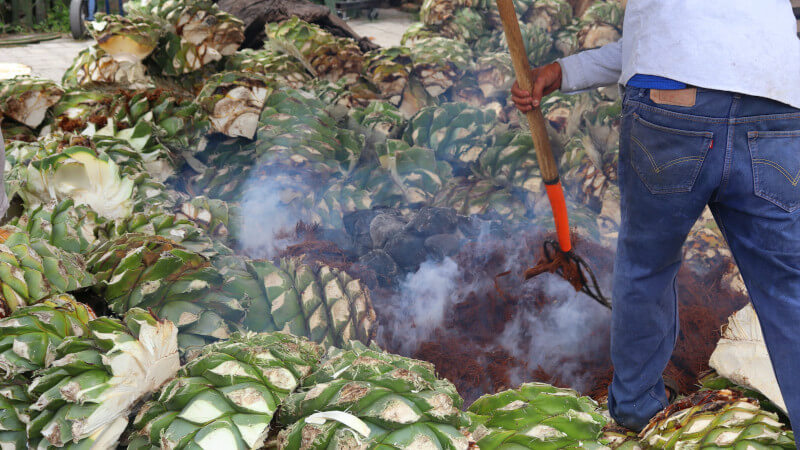
The production of Bacanora remains akin to other mezcal forms. The agave undergoes processes of harvesting, roasting, fermenting, and distillation. Roasting plays a pivotal role, with some producers still relying on cylindrical earthen ovens lined with volcanic rocks known as malpais. The choice of wood, be it mesquite or oak, influences the spirit’s flavor, often lending a barbeque essence.
Modern-day distillation predominantly employs double distillation using pot stills, though remnants of traditional methods persist. The tren, a train-shaped still, serves as a nod to age-old techniques. Bacanora, despite having aged variations, is predominantly bottled immediately post-distillation.
Distinguishing Production Techniques Between Bacanora and Other Agave Spirits
Here we will look at tequila and how that is distilled compared to Bacanora, revealing distinct differences in their production methodologies, which undoubtedly influence their taste profiles:
| Step In Production | Bacanora | Other Agave Spirits |
|---|---|---|
| Origin and Agave Type | Produced exclusively in the Mexican state of Sonora, Bacanora is distilled from the Agave angustifolia, known locally as Pacifica or Yaquiana. This agave is adaptive to Sonora’s specific landscape and microclimates, creating a distinct flavor profile. | Tequila, for instance, is primarily made from the blue agave plant, Agave tequilana, and is restricted to the state of Jalisco and some parts of surrounding states. |
| Roasting Process | Many artisanal producers use cylindrical earthen ovens, lined with malpais, a volcanic rock. The use of mesquite wood for roasting in some regions imparts a barbeque-like flavor to Bacanora. | Tequila often employs hornos (brick or stone ovens) or stainless steel autoclaves for a quicker roasting process. This results in a flavor profile distinct from the deeper, smoky nuances found in Bacanora. |
| Fermentation | The spirit has a history of using underground fermentation pits known as barrancos. Today, wooden vats, stainless steel tanks, or massive plastic vats might be utilized, reflecting both tradition and modernity. | Tequila and many mezcals generally utilize open-air wooden fermentation vats, which allow wild yeasts to contribute to the fermentation, offering unique flavors. |
| Distillation | -Distillation typically happens twice, using copper or stainless steel pot stills. In more traditional settings, a tren (train-shaped still) might be employed, adding another layer of rusticity and flavor depth. | Double distillation is common across most agave spirits, though the apparatus might differ. Tequila, for instance, can use both pot and column stills. |
| Aging | While traditionally it’s bottled soon after distillation, there are aged variants like reposado and añejo. Aging in wooden casks imparts additional flavor layers to the spirit. | Tequila, for instance, has a well-defined aging classification, from Blanco (unaged) to extra añejo (over three years). The choice of wood for aging barrels, often American or European oak, adds specific flavor notes. |
What Impact Does It Have on The Flavor
The combination of the Sonoran agave type, the roasting method, fermentation, and distillation techniques ensure that Bacanora offers a profile distinct from other agave spirits. The nuances of mesquite wood roasting, combined with the inherent flavors of the Pacifica agave, bestow Bacanora with depth and smokiness, differentiating it from the often sweeter or more neutral profile of tequilas.
The volcanic rocks used in the cylindrical earthen ovens might also add mineral undertones, further diversifying its flavor profile. It’s this combination of unique regional resources and artisanal techniques that result in Bacanora’s unparalleled taste. It’s this combination of unique regional resources and artisanal techniques that result in Bacanora’s unparalleled taste.
It’s Economic and Social Impact
Bacanora, the pride of Sonora, has charted a trajectory that not only pays homage to its traditional roots but also potentially addresses the future needs of sustainability in the agave spirits industry.
Economic Impact:
- Localization: Bacanora production is specific to Sonora, which means the economic benefits, from employment to revenue, are localized. This fosters regional growth and empowers local communities.
- Premium Positioning: The artisanal production techniques and the emphasis on traditional methods allow Bacanora to be positioned as a premium spirit. This potentially results in higher profit margins when compared to mass-produced spirits.
- Tourism: As global spirits aficionados become more discerning, there’s potential for Bacanora-producing regions to become tourist destinations, much like the tequila trails in Jalisco.
Social Impact:
- Preservation of Tradition: The continued production of Bacanora ensures the preservation of centuries-old traditions, giving the newer generations a tangible connection to their heritage.
- Empowerment: Organizations like the Asociación de Mujeres del Bacanora y Maguey de México highlight the increasing role of women in Bacanora production, leading to gender empowerment in an industry traditionally dominated by men.
- Education: The growth of Bacanora provides educational opportunities for locals to understand the intricate production process, agave cultivation, and even the business aspect of spirit production and distribution.
Is it Sustainability?
Bacanora’s production techniques, which emphasize artisanal methods and traditional practices, could potentially have a smaller carbon footprint when compared to the industrial production of other spirits. The use of local resources, from the specific Agave angustifolia to the mesquite wood for roasting, ensures minimal transportation emissions. However, the emphasis on the angustifolia plant does raise concerns about biodiversity and the endangerment of other agave species. This is a shared concern among all agave spirits and necessitates industry-wide sustainable practices.
How Should Bacanora be Enjoyed?
True connoisseurs believe Bacanora is best sipped, similar to how Sonoran cowboys would, directly from a pachita, especially during their cattle herding endeavors in the biting cold. What is a Pachita though? Good question, as it’s an integral part of how Bacanora was consumed traditionally.
A pachita is not merely a container but an emblematic glass flask deeply rooted in the traditions of consuming Bacanora. Originating from the Spanish term “pacha,” which refers to a container, the pachita is specifically designed to hold liquors or spirits. Its compact size and easy portability made it a favorite among Sonoran cowboys, who required a vessel both functional for their mobile lifestyle and fitting for the spirit they cherished.
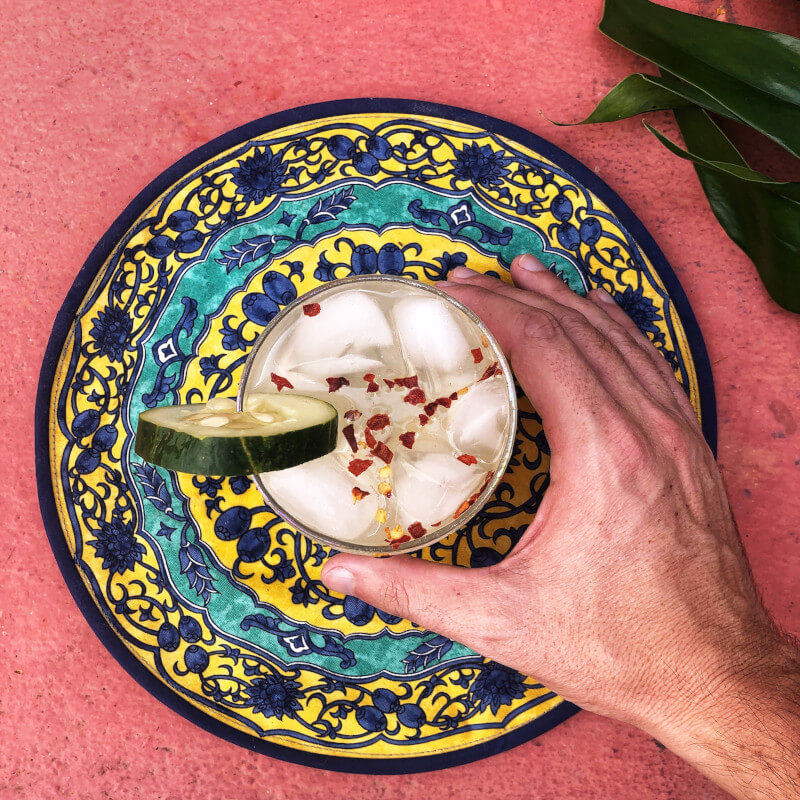
The use of a pachita is not just about the convenience it offers but also about the rituals associated with Bacanora consumption. Drinking Bacanora from a pachita has a symbolic resonance: it’s a nod to the spirit’s humble origins, its underground history, and its deep connection to the land and people of Sonora.
The design of the pachita ensures that Bacanora is consumed in moderate amounts, facilitating sipping rather than gulping, thus aligning with the belief that Bacanora is best savored slowly. This slow sipping tradition, from the pachita, emphasizes the spirit’s nuanced flavors and its multifaceted profile, giving homage to Sonora’s diverse terrains and climates.
Bacanora’s Future Future
The establishment of the Consejo Sonorense Regulador del Bacanora in 2006 aimed at ensuring its quality and sustainable production. Still, challenges remain. Organizations like the Asociación de Mujeres del Bacanora y Maguey de México stand at the forefront, addressing issues of sustainability and the increasing role of women in this sector. With such robust foundations, Bacanora promises to ascend from regional renown to global recognition.


